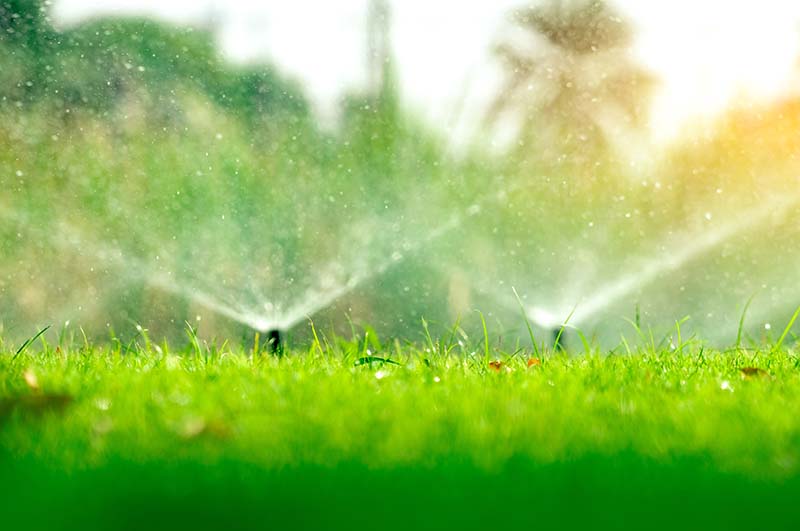Commercial Water Management-Best Ways to Reduce Water Consumption
It should come as no surprise that in the U.S., commercial and institutional facilities are the biggest users of energy and water in their daily operations.
The good news is that owners and management are not only becoming increasingly aware of the necessity to utilize water resources more efficiently but are also implementing the means by which to meet these goals. Here, we will provide some best practices to help reduce your facility’s consumption.
According to the EPA:
Accounting for 17% of water usage from public resources, commercial enterprises are the 2nd largest consumer. This sector includes facilities such as restaurants, hotels, hospitals, office buildings, schools, labs, hospitals, military, and government installations. However, by upgrading equipment as well as operations, facilities can achieve significant energy and water savings.
Industrial Facilities – These types of facilities use water in a variety of ways, from maintaining equipment temperatures to cleaning equipment and more. The EPA created the Lean and Water Toolkit to help industrial facilities assess their water processes. Recycling water that will be reused in another process is one of the most common practices.
- Some utilities offer incentives to facilities willing to make process changes that will improve energy efficiency and improve water consumption. Be sure to contact your utility provider before making any process changes.
Restaurants & Hospitality – Approximately 15% of the total water use takes place in hospitality and food services, with kitchens and restrooms using the majority.
Office Buildings – Approximately 9% of the total water usage takes place in office buildings, with heating and cooling, restrooms, and landscaping using the majority.
Hospital & HealthCare Facilities – Approximately 7% of the total water usage in hospitals and health care facilities, with plumbing fixtures, cooling equipment, medical processes and landscaping using the majority.
Educational Facilities – Approximately 6% of the total water usage takes place in educational facilities with heating and cooling, cafeteria kitchens, restrooms, and landscaping using the majority.
Here are some best practices for commercial water management that these facilities can benefit from:
- Appoint a team to develop a water management plan
- Identify water-saving opportunities and develop metrics to track results
- Routinely check for leaks–repair promptly
- Upgrade restrooms with more efficient fixtures
- Consider water-smart irrigation and landscaping
- Control water losses from pools
- Upgrade laundry equipment
- Upgrade food service equipment to ENERGY STAR qualified models
- Install water-sensor fixtures in restrooms
- Optimize your cooling systems with regular maintenance
When it comes to improving the efficiency of your landscaping’s water usage, the professionals at Metro Lawn Care, Inc. will custom-design the best water-smart irrigation and landscaping system for your facility. Servicing Dallas for over 34 years, we are a full-service commercial landscape company that provides commercial landscape construction, landscape maintenance and repairs, as well as irrigation system installations. Contact us today for a free evaluation and price quote.

